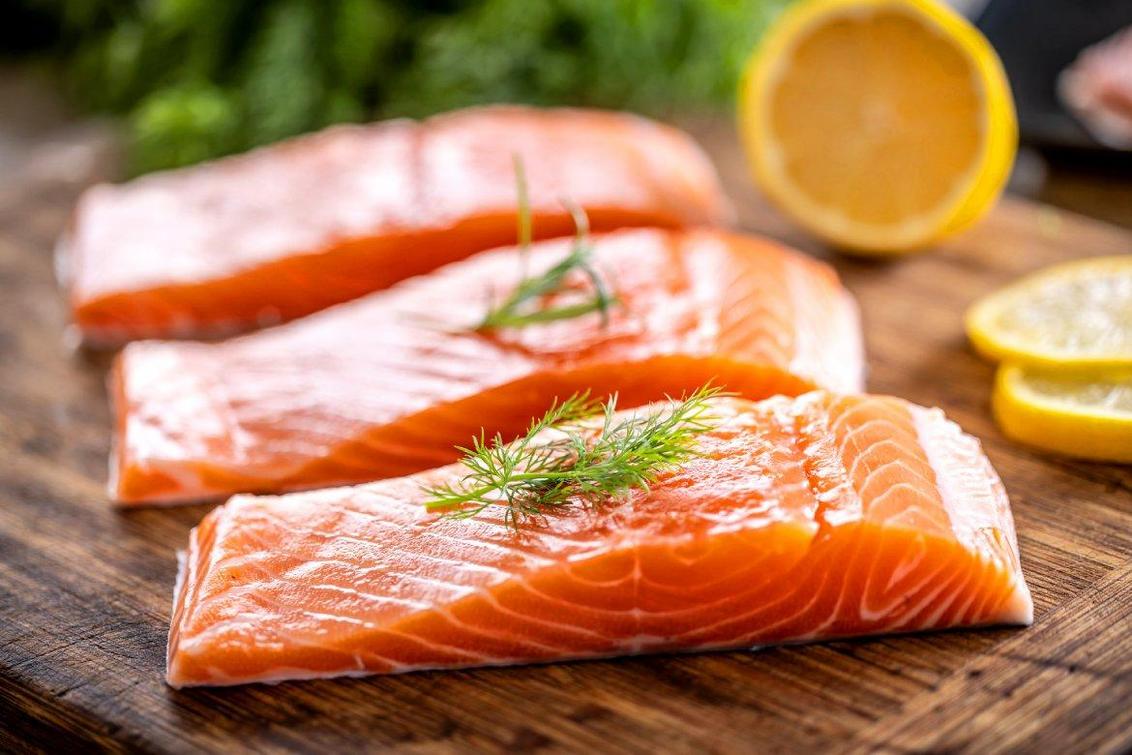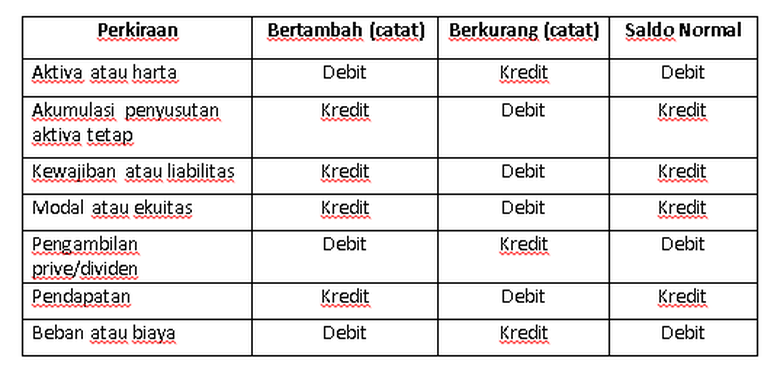
JAKARTA, inca.ac.id – Salmon Nutrition: From Wild to Farmed, What You Should Know – trust me, this isn’t just another basic blog post. I used to pick salmon blindly at the supermarket, convinced that pink and fatty meant gourmet. It took a few chewy dinners and a surprise debate with my seafood-loving uncle (he’s stubborn, by the way) to figure out there’s way more to salmon than just wild versus farmed. Here, I’m laying out everything I’ve learned, the mistakes I’ve made, and what I wish someone had told me earlier.
Wild Salmon vs. Farmed Salmon: My Eye-Opener

I still remember the look the fishmonger gave me when I couldn’t decide between the “Wild Alaskan” fillet and the much cheaper “Atlantic Farmed.” I went with the farmed one. Big mistake. It looked great, but honestly, the flavor was kinda… meh. That’s when I started digging into what really sets them apart.
Wild salmon, like the famous Sockeye or King, swim free in the ocean and rivers, munching on a natural diet. They’re leaner, their flesh is firmer, and sometimes they can taste almost buttery with this deep, complex flavor. But they’re pricier, seasonal, and honestly, sometimes their stronger “fishy” smell can be intimidating if you’re not used to it.
Farmed salmon, on the other hand, are raised in controlled pens (mostly in Norway, Chile and Canada). They’re juicier and fattier (thanks to all those fish pellets), more affordable, and available year-round. But—there’s always a ‘but’—they can be lower in those wild omega-3s, sometimes have artificial color added, and might come with more environmental baggage (I’ll talk about that in a bit).
How to Spot the Difference (And Why It Matters)
Let me save you hours of YouTube confusion and food blog frustration: color isn’t everything. Farmed salmon is usually more vibrant pink, but that doesn’t mean better. Wild salmon sometimes look paler, almost orange-red, but that’s just nature.
Texture is a dead giveaway. Wild salmon flakes apart in natural layers. Farmed? Soft and kind of greasy (which can be great for grilling, but not so much for sushi). I once tried making poke bowls at home; using farmed salmon, my rice was swimming in oil by the time I was done. Lesson learned.
Pro tip: Check the label! If it says “Atlantic,” it’s almost always farmed. If it says “Alaskan” or has a specific species name (like “Sockeye” or “Coho”), it’s likely wild. Talk to the fish guy. They know way more than you think, and most love to share that Knowledge if you just ask.
Health Talk: Is One Better For You?
Okay, so this is where everyone gets tripped up. I used to think both were loaded with omega-3s and nothing else mattered. Turns out, the ratio of omega-3s to omega-6s in farmed salmon is not as ideal as I thought. Farmed salmon actually has more total fat, but less of the prime omega-3s per serving compared to wild. Some studies (like from the Harvard School of Public Health) show wild salmon can have almost double the omega-3 content of farmed. Crazy, right?
But here’s the twist: both are still a LOT healthier than red meat or heavily processed fish sticks. The main deal-breaker is if you’re strict about anti-inflammatory diets. In that case, wild is your go-to. But, sometimes my wallet just says “nah, farmed will do.” Moderation, buddy. Moderation.
What about contaminants? Yup, those headlines about “mercury in salmon” freaked me out, too. Real talk: both types have low mercury compared to other fish. Watch out more for things like PCBs in farmed salmon, but if you’re eating salmon once or twice a week, it’s all good. I once panicked and swore off all farmed salmon for a year—total overkill. Now, I just skip the skin if it’s farmed and stick to reputable sources. No more meltdown.
Sustainability: Making a Responsible Salmon Choice
I care a lot about where my food comes from, especially after watching way too many nature docs about overfishing (thank you, David Attenborough). Wild salmon, if it’s certified (like MSC labeled), is super sustainable. Healthy wild fisheries mean folks are managing the catch and not screwing up the environment.
But lots of farmed salmon producers—especially in Norway—are making big improvements. Look for certifications like ASC or Best Aquaculture Practices. Avoid anything that just says “farmed in XYZ country” with zero info. If they use fewer chemicals and keep those pens clean, it’s the best kind of Knowledge to have at the grocery store.
I still remember the guilt after buying a cheap, dubious-looking salmon fillet at a random discount store. It was full of bones and had this weird, muddy aftertaste. Never again. So now, I make it a habit to ask, “Where’s this from? Certified?” It’s not annoying; it’s smart shopping.
Buying, Cooking & Rookie Mistakes I Wish I Knew Earlier
First off, don’t get fooled by the “fresher is always better” myth. I once wasted good money on “fresh” salmon that sat on ice for who knows how long. Shockingly, flash-frozen wild salmon can taste way better than fresh that’s not handled right. If I’m not cooking it same day, frozen all the way.
Cooking-wise, oh boy—don’t overdo it! The number of times I’ve ruined salmon by going for “well-done” out of some weird paranoia… it’s embarrassing. Wild salmon cooks wicked fast because it’s lean. Pull it off the heat just as it turns opaque. Farmed is more forgiving, but still, please don’t turn it into fish jerky. A gentle bake or a super quick sear does the trick every time.
Bones are a pain. Wild salmon is notorious for sneaky pin bones, so I always run my finger along the fillet before cooking and keep a pair of tweezers handy. (Trust me, nothing ruins date night faster than a mouthful of bones.)
Seasoning? Keep it simple. Salt, pepper, lemon. Wild salmon loves a hit of lemon zest, while farmed salmon soaks up flavors like miso or soy sauce like a champ. Try a sweet miso glaze on farmed – it’s shockingly good.
Final Lessons: What Salmon Knowledge Means in Real Life
So yeah, salmon seems complicated at first. But now that I’ve eaten through way too many fillets (good and bad), read labels until my brain hurt, and bugged every fishmonger in my city, here are my main takeaways:
- If you can afford wild, especially in season, go for it—it’s honestly a flavor bomb.
- Don’t snub farmed; just make sure it’s from a reputable, certified source.
- Double-check for sneaky pin bones and watch your cook time; salmon hates being overcooked.
- Ask questions and don’t be shy—building your seafood Knowledge is worth it (plus, it impresses guests!).
Remember, both wild and farmed salmon have their ups and downs. If you just want a healthy, quick weeknight dinner, either can deliver. Just make your choice armed with real knowledge—not marketing hype.
If you found this salmon story helpful, drop your own tips or disasters in the comments. I’m always up for trading fishy tales!
Salmon Knowledge: From Wild to Farmed, What You Should Know before buying or cooking salmon. Find out real stories, secret hacks, and must-know tips to make smarter seafood choices!
Salmon Knowledge, wild salmon, farmed salmon, healthy eating, fish tips, seafood mistakes, cooking salmon, food blog.
Read also about Health Research to explore groundbreaking studies, medical discoveries, and evidence-based insights that are shaping the future of healthcare and well-being.






